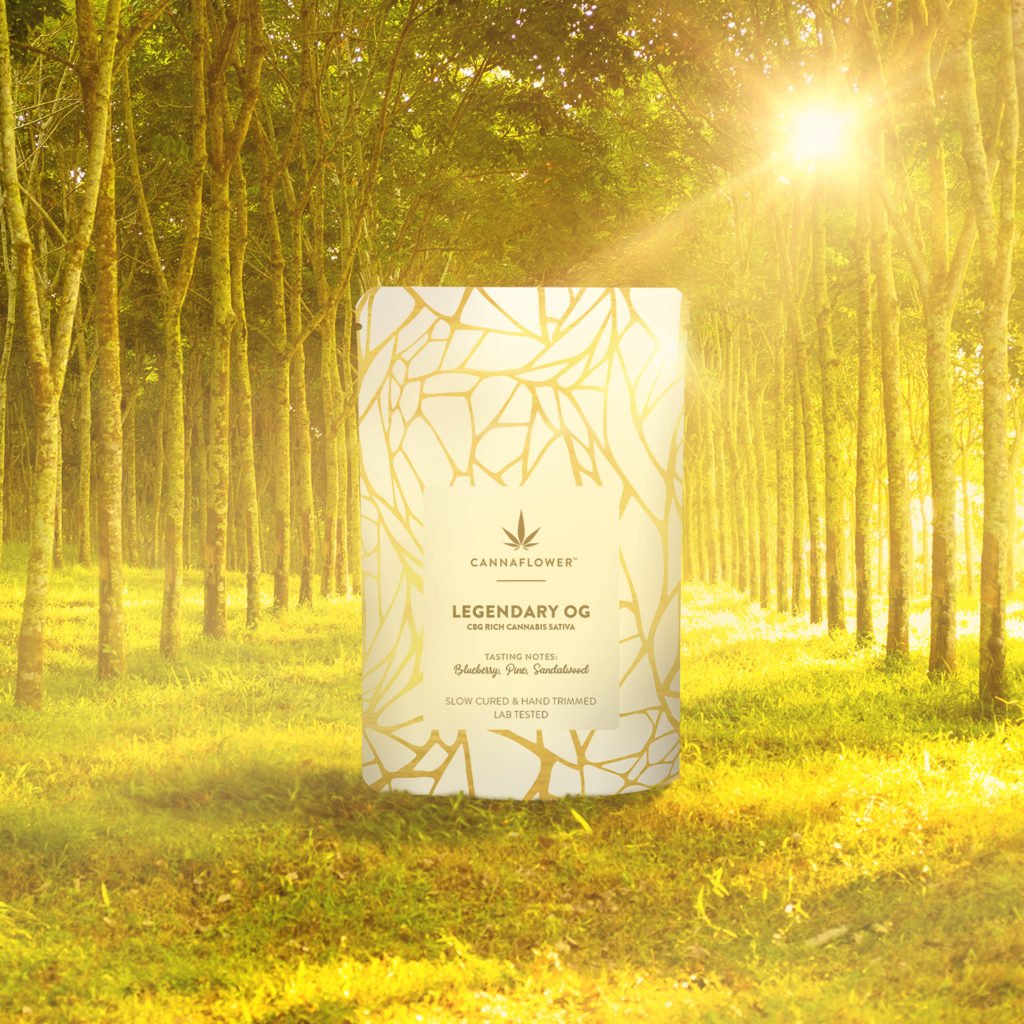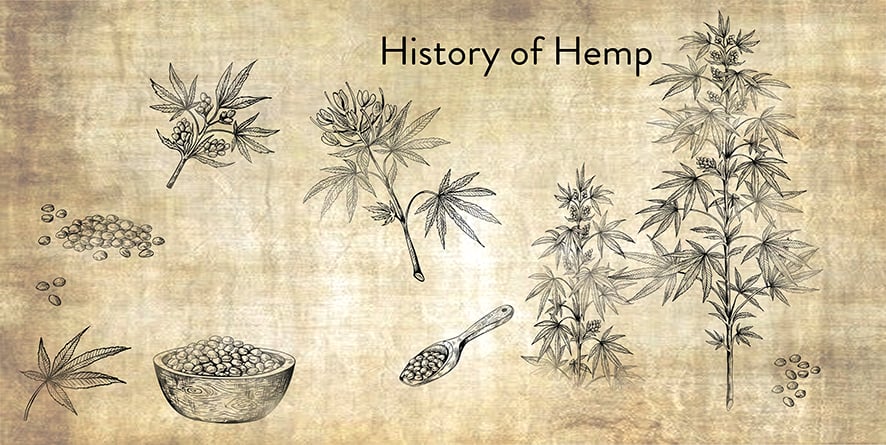CANNAFLOWER™: AROUND OUR FAMILY TABLE
Topics of art, culture, science and certainly the history of CBD crop up in our kitchen. Indeed, vibrant conversations fill our table as much as our fantastic farm-grown food. Every meal is dappled with loads of laughter. One of our favorite moments is one of us makes an assertion with confidence. This is often followed by challenges to facts as well as potential flaws in mental strategy.
Indeed, this type of conversation is a bit animated, but it is always fun, and always pushes us to grow intellectually and always finishes with loads of laughter and love. In many ways, it’s like how we treat our flower. We inspect everything for beauty, perfection, and truth. Excellence in our product is a reflection of how we always strive to grow in every area of our lives. We strive to become the best versions of ourselves as a family, and as a business.
Living amongst great products and stellar conversations, we have learned one thing. Details matter. As a new decade eclipses our experience, let’s take with us this fascinating history.
THE HISTORY OF CBD: THE FIRST SEEDS
CBD illuminates so many lives, and this brings us to our Cannaflower™ history share. We want to share some details about the history of hemp with our customers. We think it’s loads of fun as well as incredibly interesting. If you find yourself at our dinner table, you’ll dive in with some of these stories. Better yet, perhaps you can challenge us in a lively way. History and hemp are topics we can all enjoy together, knowing we are pushing each other to be the best version of ourselves along the way.
Now, let’s dive in to hemp! Let’s explore some of the first recorded moments of hemp, as well as how vast its influence really reached in history. The structure of the plant expresses as pliable, fibrous and also strong. We are eager to dive in and reveal how hemp’s history demonstrates equal resilient characteristics.
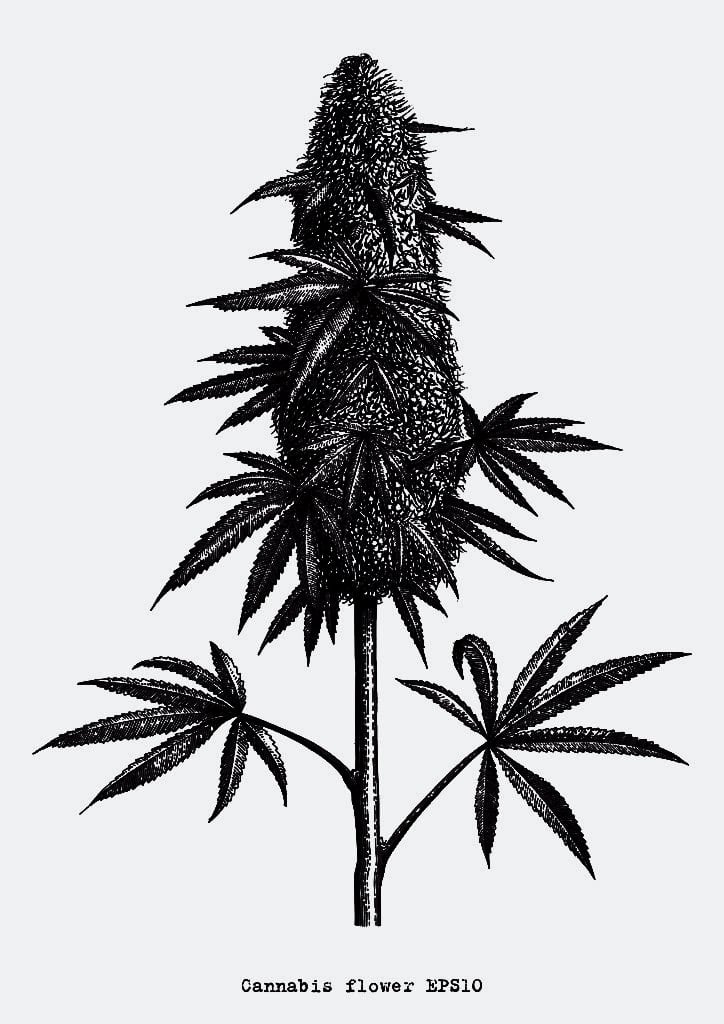
EARLY EVIDENCE IN HEMP’S HISTORY
Hemp emerges from the cannabis plant, and we currently define industrial hemp as having 0.3% THC or less. For the purpose of diving back through time, let’s imagine this plant before the regulatory spheres of the USDA, the FDA, as well as various State legislation. Let’s picture how this plant made such a resourceful impression that it’s legacy flourishes into today.
Let’s go back before the industrial revolution. Let’s go back deep into the fields of agriculture. Indeed, let’s go back several thousands of years into some of the hemp fertile landscapes.
Hemp originally grew wild throughout Europe as well as Central and Southern Asia. Flourishing in vast, open regions the earliest signs of this plant arise from the Tibetan Plateau and date back to 19.6 million years ago. The traces of this evidence appear as fossilized forms of pollen.
Within these regions, circa 400 BC, the first evidence of using the hemp plant for medicinal or ritual-specific purposes. This evidence appeared as macroremains within excavations of ceremonial areas. Findings also strongly indicate early uses of hemp for daily pragmatic purposes, utilizing its oil as well as its fibrous potentials. Indeed, the fiber proved easily useful in creating fabric, paper, rope as well as sailing canvas.
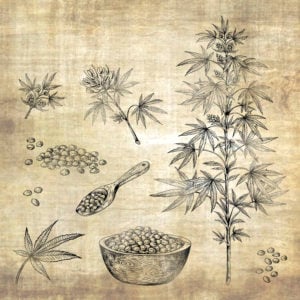
THE HISTORY OF CBD: HEMP AS A GOLDEN TEXTILE RESOURCE
As hemp emerged as an indigenous resource for these regions, cultivation for the plant spread to Western Europe and to Africa. Further harnessing potential for the hemp plant, these regions began to also use the hemp seed for food. These multiple uses increased hemp’s influence in the 1500s to Chile in South America and in the 1600s to the Atlantic coast of North America. Farmers found themselves required to grow hemp as a portion of their yearly crop in the Connecticut, Massachusetts, as well as the Virginia colonies. These early colonial regulations in North America highlights the vital presence of hemp for its economic as well as resource saturated status.
Focusing on North America, the spectrum of war efforts propelled the cultivation of hemp further into economic importance. The victory of battles hinged on the strength of fabric during the Revolutionary War. Upwards of 55 tons of hemp wove through the sails of warships for the developing Republic. The imperative of this plant compelled ship captains to spread hemp seeds while at dock, to ensure future crops would be available for repairs.
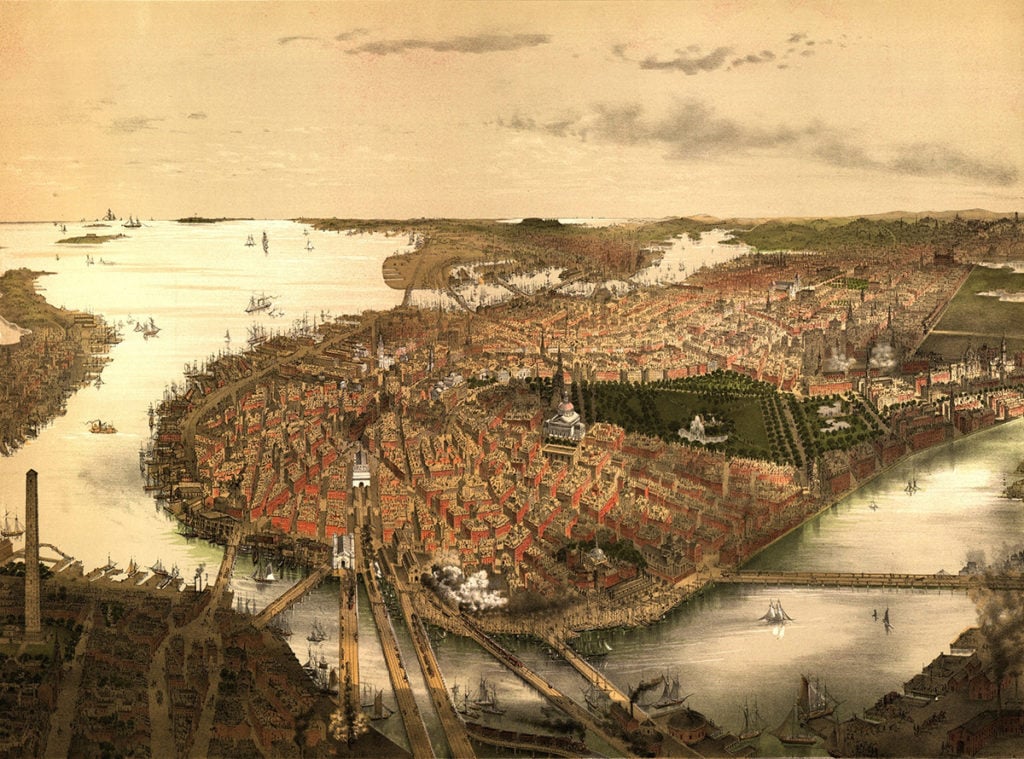
HEMP HISTORY: THE RISE AS MEDICINE
While the impact of the hemp plant’s fibers laced throughout the world, the plant’s medicinal potential only established itself in the 1800s. One of the most publicized discoveries arose when an Irish doctor, Sir William Brooke O’Shaughnessy, published findings that the hemp plant alleviated symptoms of cholera and digestive distress. Extracting oil from the hemp seed dispersed remedies that appeared in the practices of doctors as well as pharmacies. By the end of the 1800s, hemp extracts stood as a legitimate and a recognized medicine throughout the United States, India, as well as Europe.
THE HISTORY OF CBD: HEMP AS A BILLION DOLLAR PROMISE IN THE U.S.
Within the United States, business and government began to look toward hemp as a potential solution to economic peril. In February of 1938, the magazine, Popular Mechanics praised hemp as being the new “Billion Dollar Crop,” highlighting its potential for liberating the United States from foreign imports on textile products. Heralding hemp as the source for thousands of American jobs, this plant quickly rose to the spotlight.
With the promise of massive harvest hummed by the rhythm of even mightier machines, came the reality that farmers could not easily access the needed technology. The invention of a machine that easily removed the fiber from the hemp crops proved too costly an investment for cautious farmers in the 1930s. The verdict sounded to the fading popularity of the hemp plant industry.
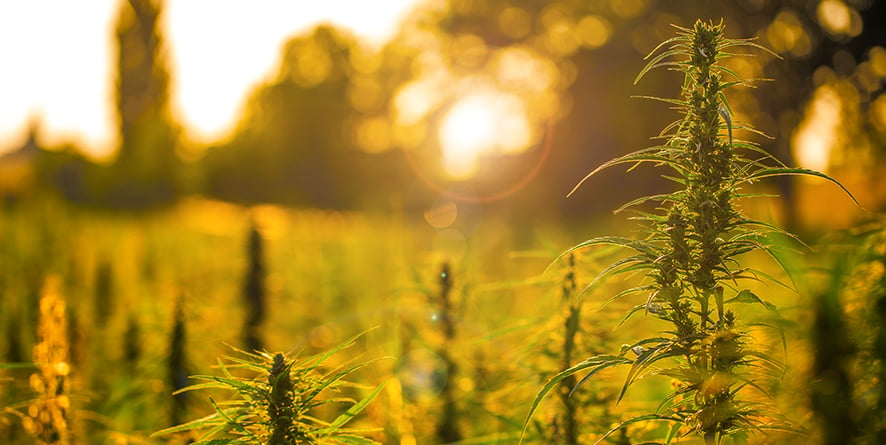
THE HISTORY OF CBD: THE DITCH WEED AND THE 60 YEARS MORATORIUM

Just as conservative farming practices in the U.S. slowed the forward momentum for the hemp plant, Federal Regulations brought cultivation to a complete halt. The Marijuana Tax Act passed in 1937 prohibiting the cultivation of the cannabis plant.
The strength of hemp only experienced a brief resurgence. As in earlier war efforts, World War II prompted President Roosevelt to lifted the ban to again capture the textile strength of hemp for fibers. As soon as the Axis powers surrendered, hemp immediately returned to an illegal status. Once seen as the medical and agricultural solution for Europe and North America, the hemp plant went from celebrated cultivation to growing wild and seen as a ditch weed.
In the 1960s and 1970s, International regulations further plummeting the negative stigma of hemp. In 1961, the UN zeroed in on controlled substances during the Single Convention on Narcotic Drugs. when they targeted the standards for International agreements on illegal activities and narcotics, including hemp in this coordinated reach. Within the U.S., the 1970 Controlled Substances Act further cemented hemp within this illegal category. This benchmark standard ignited all levels of policing authorities to include hemp, industrial or otherwise, to target it as a controlled substance side by side with devastating narcotics, psychotropics chemicals, and barbiturates.
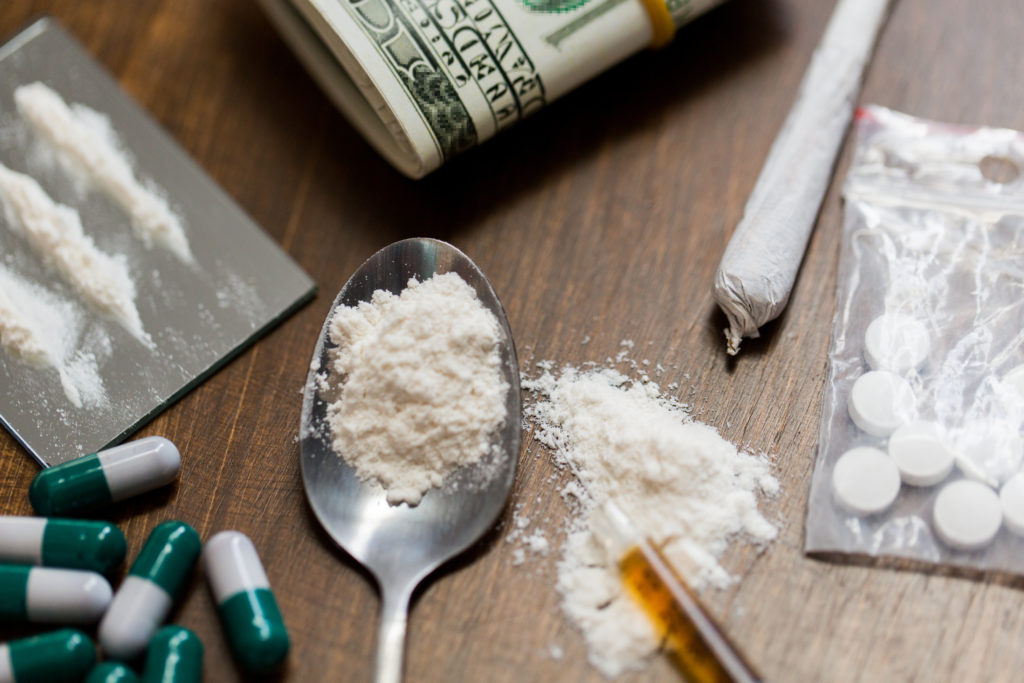
THE 2018 FARM BILL AND THE GREEN RUSH OF HEMP
The history of CBD emerges boldly with the unveiling of the Farm Bill. Hemp cultivation dwindled within the moratorium. Despite several peaks due to Canadian efforts to establish a viable seed exportation marketplace, 2018 marked the first true window into the industrial expansion of hemp. Global economies watched as the U.S. passed the Farm Bill which allowed for limited cultivation of hemp for approved purposes. While specific regulations structured the scope of each crop’s potential, the passing of this bill enabled hemp production to gain momentum for the first time in decades.
Indeed, the history of CBD pivoted powerfully in 2018. The regulatory momentum caused the hemp industry to explode and grow. Opportunities expanded throughout the U.S. for hemp-derived businesses. Producing products with Cannabidiol or CBD rapidly appeared in every investor inbox. The lucrative indications for growing hemp provided hope for farmers. Immediately after the Farm Bill passed, 112,000 acres received licensing to cultivate hemp. To demonstrate the power of this movement, named the “Green Rush,” that number more than quadrupled in 2019 to a staggering 510,000.
THE HISTORY OF CBD: HEMP’S GROWING PAINS
With this forward movement, obstacles still faced individual hemp farmers and businesses. The history of CBD is still being written. Approval for hemp cultivation depended on an intertwined approval from State and Federal regulatory bodies. Many felt that the mandate of 0.3%THC as the legal limit for hemp often became coupled with arbitrary sampling methods. This lead to a generalized sense of frustration for many farmers and businesses as varying methods produced various results. If a result deemed the hemp over the legal mandate, then cultivators would need to abandon fields of crops.
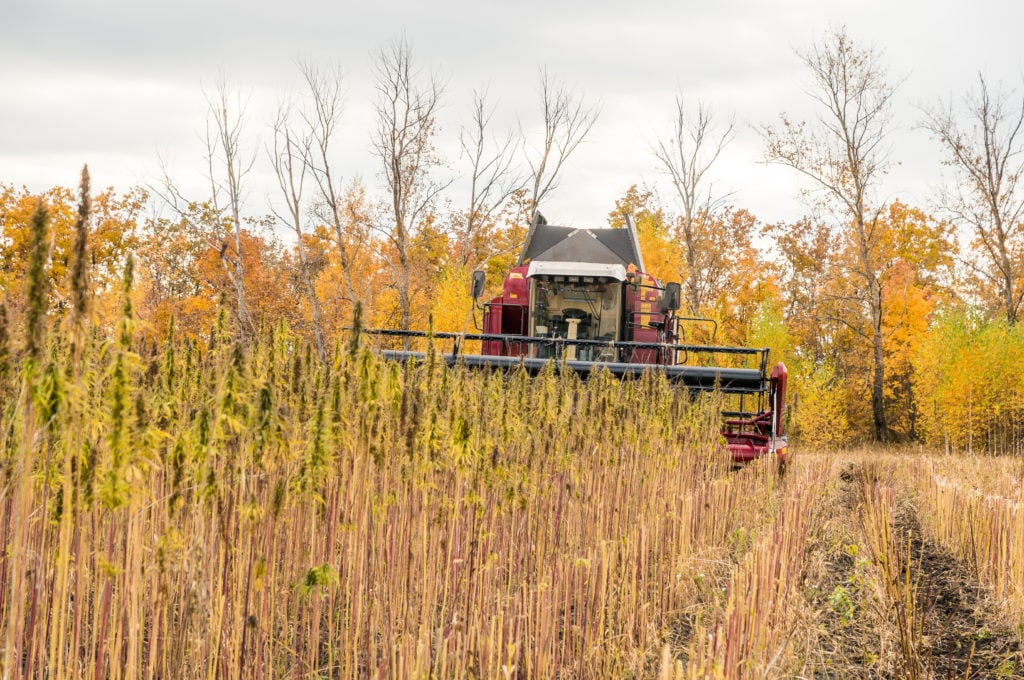
Further, completing the labor-intensive, painstaking efforts needed to harvest did not immediately lead to financial success. Harvest heavy farmers still stood a long way from a profitable finish line for farmers.
Before a hemp product sells online or reaches retail shelves, a series of precise processing elements need to occur. Hemp often requires trimming, curing, extraction as well as packaging. These critical elements all point to a small group of specialized markets within the hemp industry.
With this year’s crop, the huge production of hemp created a massive surplus of biomass and a very finite amount of buyers within hemp production. In 2019, farmers essentially experienced the wind getting knocked out of their hopes for high year end returns.
Further, completing the labor-intensive, painstaking efforts needed to harvest did not immediately lead to financial success. Harvest heavy farmers still stood a long way from a profitable finish line for farmers.
Before a hemp product sells online or reaches retail shelves, a series of precise processing elements need to occur. Hemp often requires trimming, curing, extraction as well as packaging. These critical elements all point to a small group of specialized markets within the hemp industry.
With this year’s crop, the huge production of hemp created a massive surplus of biomass and a very finite amount of buyers within hemp production. In 2019, farmers essentially experienced the wind getting knocked out of their hopes for high year end returns.
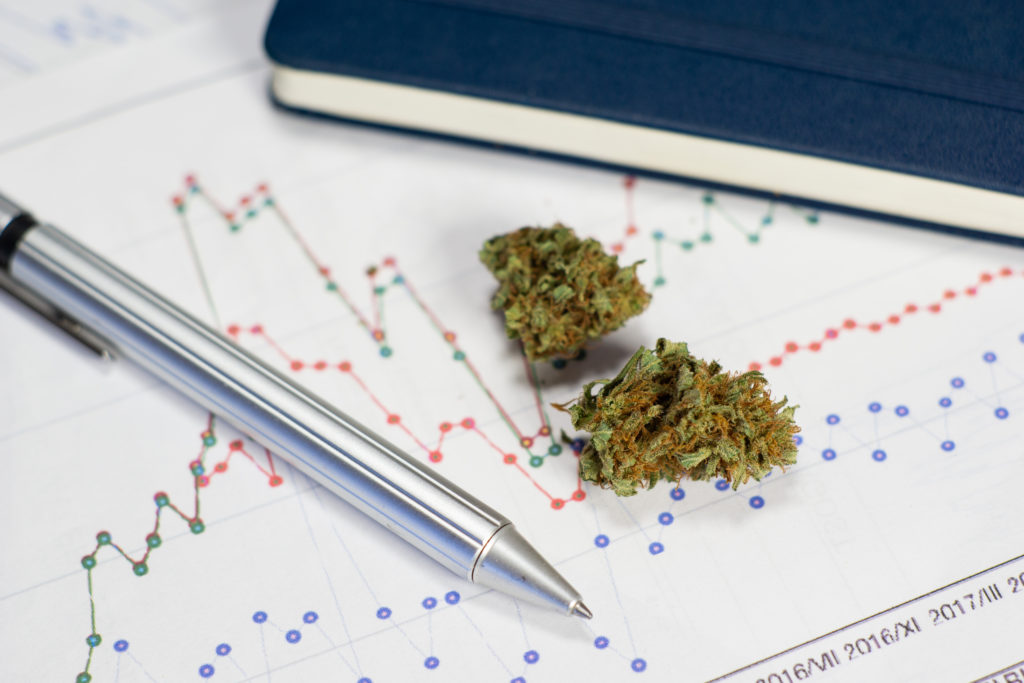
The juggernaut of economics and political policy hold both the history of CBD and the future for the hemp industry. The highs and lows of the hemp crop’s history, specifically within the U.S., seem inescapable. Suspense for 2020 builds for farmers and businesses within the hemp industry as the USDA released new regulations for cultivation this past October.
The Secretary of the USDA, Sonny Perdue, shared that the new regulations reflected their enthusiasm for the hemp industry, “At USDA, we are always excited when there are new economic opportunities for our farmers, and we hope the ability to grow hemp will pave the way for new products and markets,” (1)
While the USDA may potentially introduce grants and Federally assisted farm programs in 2020 for hemp cultivation, the implications of the regulations deflate projections. The sampling and testing protocols for hemp now must test the total plant for levels of THC. Many businesses and farmers state that these new requirements would most likely decimate the potential for current seeds and crops specializing in CBD rich hemp. Public comments from the hemp industry pour in to the USDA up to its December 30th 2019 deadline for feedback.
THE HISTORY OF CBD: HOPE IN A TRUE HEMP RENAISSANCE
Still, consumer demand for hemp continues to drive demand for production. Consumer demand will serve to fortify how future generations view the history of CBD. While Federal regulations seem to pull down the upward Green Rush, State initiatives continue to seize opportunities through innovation and policy.

Virginia currently roots itself along the front line of the hemp industry through creating the first commercial hemp processing plant. The State’s economic vitality for hemp provides incentive beyond Federal efforts to stagnant growth. The Governor of Virginia, Ralph Northam, shared that,
“I am committed to pursuing every path that will attract economic prosperity to our rural communities, and hemp production opens up a wealth of opportunity to bring new jobs and new business to Virginia,”(2)
Its first particulate of pollen, its strength in the canvas of warships, and its sweeping presence in medicine and recreation, all stand as compelling moments during the history of hemp. Indeed, hemp crops continually rise to towering heights in agriculture and commerce. Its history, as well as indicators for its profitable future, demonstrate the hemp plant’s indomitable presence in our collective global landscape.
Cannaflower™ is Here for You
Buying premium CBD flower does not need to overwhelm you. Like all of the best things in life that can be enjoyed, we feel the best CBD hemp flower experience is priceless. The process in deciding what flower and what strains are right for you should be painless. We hope that some of the highlights we shared here will help you on your way. Remember, if you have any questions, or just want to talk about CBD flower, we are always delighted to hear from you!
